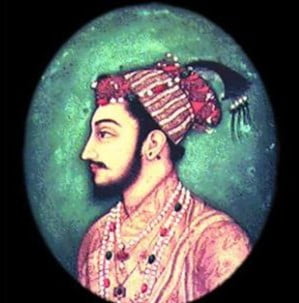History and Art and Culture
In News: Vice President calls Dara Shikoh as torchbearer of social harmony.
- He also said that India had a glorious heritage of not only ‘tolerance’ for others’ views, but a unique culture of ‘engagement’ with all views – a culture of pluralism and syncretism.
- He further said that this spirit of mutual respect was exemplified by Indian kings too – from the time of the great Asoka to the crown prince Dara Shikoh.

About Dara Shikoh
- He (1615-59) was the eldest son of Shah Jahan.
- He is described as a “liberal Muslim” who tried to find commonalities between Hindu and Islamic traditions.
- He is known as a pioneer of the academic movement for interfaith understanding in India.
- He had a deep understanding and knowledge of major religions, particularly Islam and Hinduism.
- He was inclined towards philosophy and mysticism over military pursuits in comparison to Aurangzeb.
- In 1655, his father declared him the Crown Prince, but was defeated by Aurangzeb, his younger brother, in 1657 after Shah Jahan fell ill.
- He was assassinated by Aurangzeb, in a bitter struggle for the throne on 30th August, 1659 when he was 44.
Works:
Connection between Hinduism and Islam:
- His most important works, Majma-ul-Bahrain (Mingling of Two Oceans) and Sirr-i-Akbar (Great Mystery), are devoted to the cause of establishing connections between Hinduism and Islam.
Promotion of Indian Culture:
- He acquired proficiency in Sanskrit and Persian, which enabled him to play a key role in popularising Indian culture and Hindu religious thought.
- He translated the Upanishads and other important sources of Hindu religion and spirituality from Sanskrit to Persian. Through these translations, he was responsible for taking the Hindu culture and spiritual traditions to Europe and the West.
Source: Pib.Gov
Previous Year Question
Q.1) Who among the following Mughal Emperors shifted emphasis from illustrated manuscripts to album and individual portrait?
- Humayun
- Akbar
- Jahangir
- Shah Jahan













